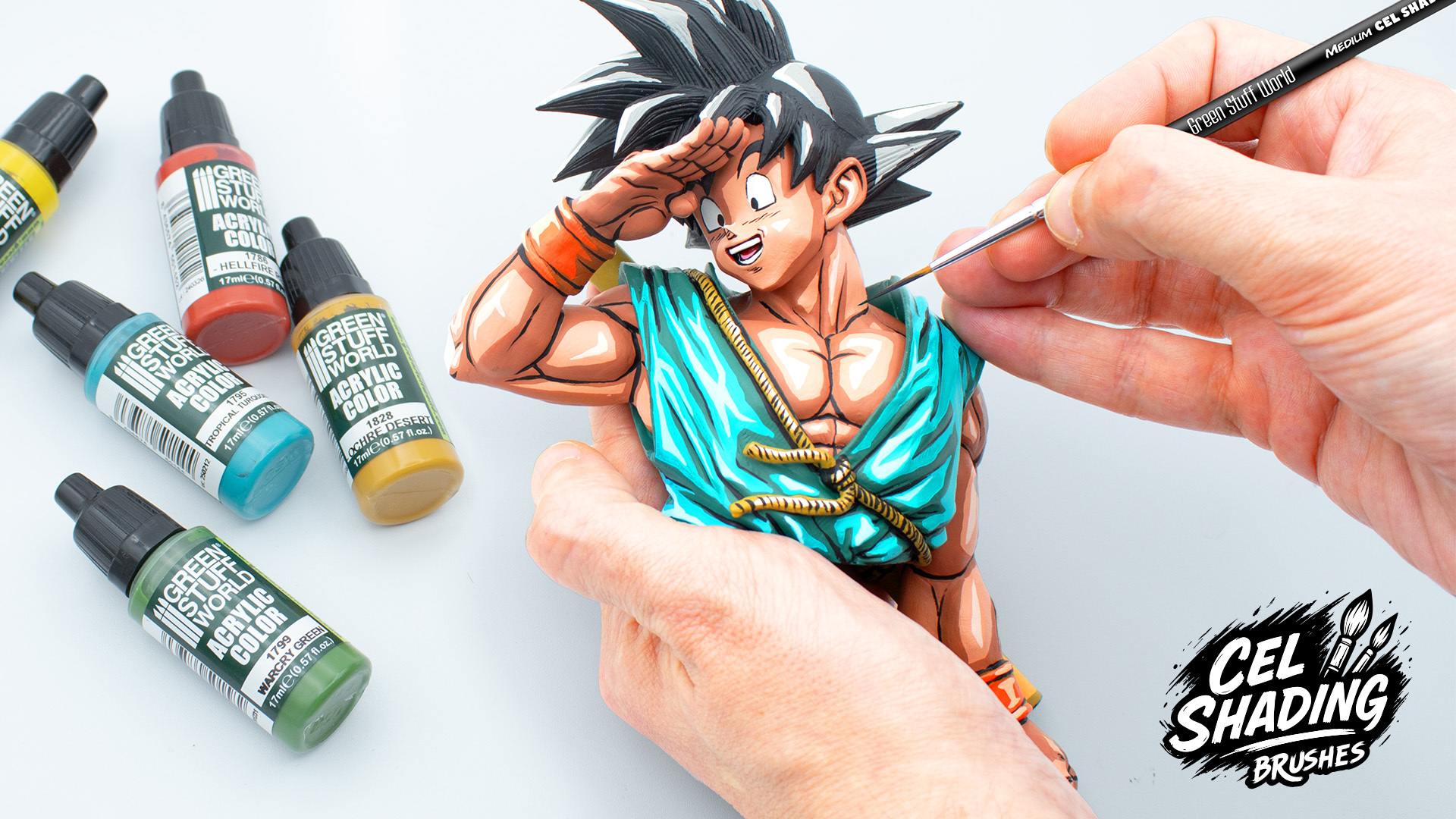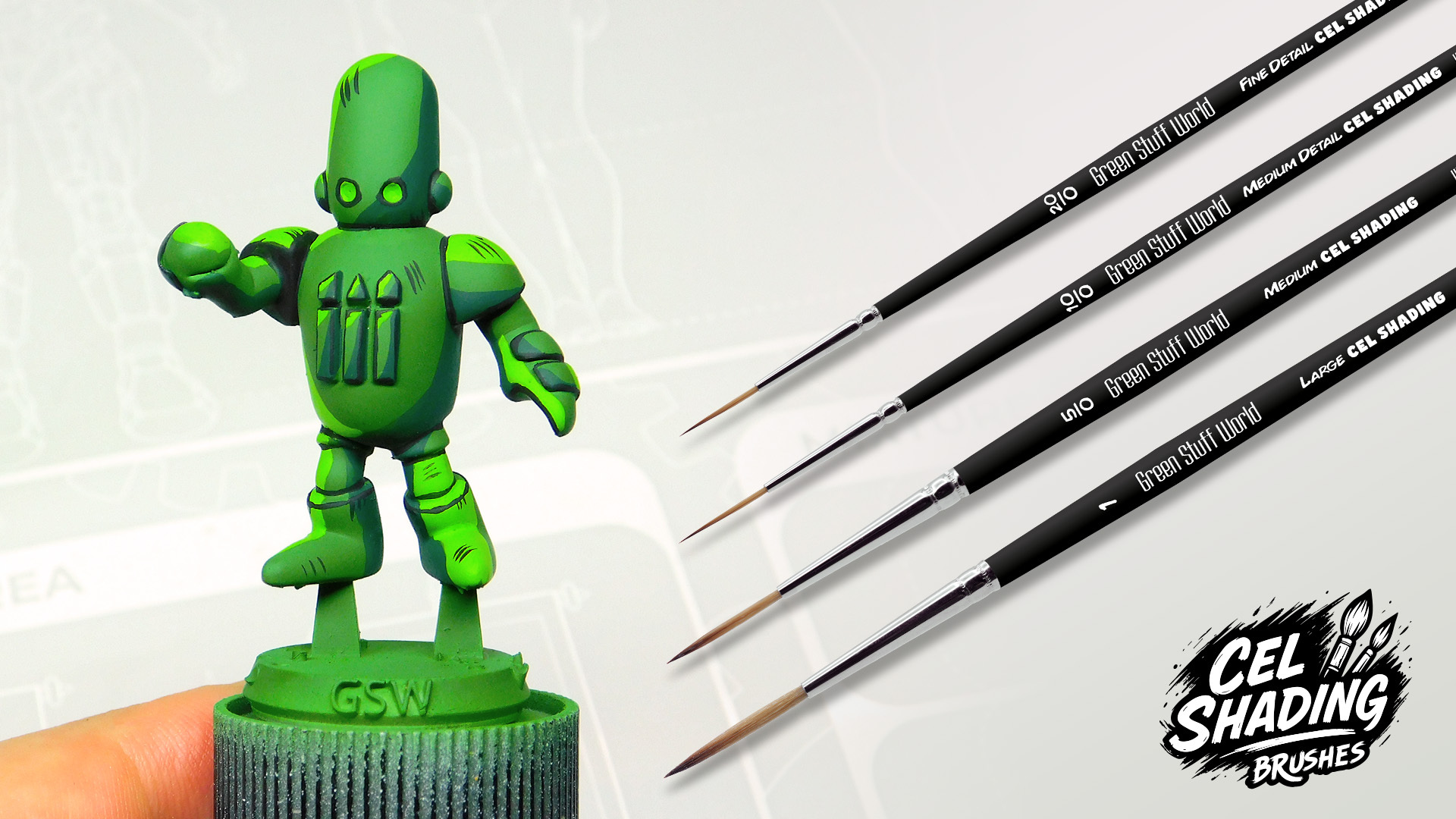Reference: 8436554360475ES
Brand: Green Stuff World
Metal sheets for magnets
Metal sheets for magnets | Rubber Steel Sheet Self Adhesive
 Cookie preferences
Cookie preferencesWe use our own and third party cookies to collect information to improve our services and to analyze your browsing habits. If you continue browsing, you accept their installation. You can configure your browser to prevent their installation.
Required cookies
Always active
These cookies are strictly necessary for the operation of the site, you can disable them by changing the settings of your browser but you will not be able to use the site normally.
Cookies used
Functional cookies
These cookies provide necessary information to applications of the website itself or integrated by third parties, if you disable them you may find some problems in the operation of the page.
Cookies used
Performance cookies
These cookies are used to analyze the traffic and behavior of customers on the site, help us understand and understand how you interact with the site in order to improve performance.
Cookies used
Guided cookies
These cookies can be from the site itself or from third parties, they help us to create a profile of your interests and to offer you advertising aimed at your preferences and interests.
Cookies used
The user is informed that he/she has the possibility of configuring his/her browser so that he/she is informed of the reception of cookies, being able, if he/she so wishes, to prevent them from being installed on his/her hard drive.
Below we provide links to various browsers, through which you can make such configuration:
Firefox from here: https://support.mozilla.org/es/kb/Deshabilitar cookies de terceros
Chrome from here: https://support.google.com/chrome/answer/95647?hl=es
Internet Explorer from here: https://support.microsoft.com/en-us/windows/manage-cookies-in-microsoft-edge-view-allow-block-delete-and-use-168dab11-0753-043d-7c16-ede5947fc64d
Safari from here: https://support.apple.com/es-es/guide/safari/sfri11471/mac
Opera from here: https://help.opera.com/en/latest/web-preferences/#cookies
Reference: 8436554360475ES
Brand: Green Stuff World
Metal sheets for magnets | Rubber Steel Sheet Self Adhesive
Reference: 8436554365050ES
Brand: Green Stuff World
Instant glue | CA glue
Reference: 5035167000490ES
Brand: Green Stuff World
Milliput Standard Yellow Grey - Epoxy putty for all kinds of applications.
Reference: 8435646509365ES
Brand: Green Stuff World
Black Plastic Bases | Black plastic base adapters 20-25mm
There are 5 products.
Reference: 8435646536699ES
Brand: Green Stuff World
Cel Shading Brushes for painting Anime figures
Reference: 8435646536682ES
Brand: Green Stuff World
Cel Shading Brushes for painting Anime figures
Reference: 8435646536675ES
Brand: Green Stuff World
Cel Shading Brushes for painting Anime figures
Reference: 8435646536668ES
Brand: Green Stuff World
Cel Shading Brushes for painting Anime figures
Reference: 8435646536651ES
Brand: Green Stuff World
Cel Shading Brushes for painting Anime figures
A Cel Shading brush is a specific tool for applying paint to miniatures or anime-style figures using the flat-shading technique typical of celshading. This technique, inspired by traditional Japanese animation, consists of applying light and shadow without smooth transitions, using blocks of color with well-defined edges.
Unlike other miniature paint brushes, cel shading brushes have a finer and much longer tip, allowing them to hold more paint than a conventional brush. This ability is essential for drawing straight, long, and sharp lines without interruption or loss of precision. Thanks to their shape and flexibility, these brushes maintain their shape during the stroke, preventing the bristles from spreading or deforming in the middle of the job.
This type of brush is perfect for marking contours, drawing black outlines, applying flat shadows, or intense highlights to specific areas of the figure, such as the face, hair, clothing, or accessories. They are especially valued by those looking to recreate a 2D illustration look on a 3D figure, whether in toon shading techniques, anime painting, or similar stylized styles.

Their long and thin tip serves several key functions in achieving a perfect finish on anime-style painted figures and miniatures. First, the longer length of the bristles allows the brush to hold more paint, which is essential for making long strokes without having to constantly reload.
This is especially useful when working with contour lines or flat-shading areas that require continuity and regularity. With a short-tipped brush, it is easy for the stroke to break, become uneven, or lose opacity halfway through, which completely breaks the celshading aesthetic.
Secondly, the sharp, elongated shape of the tip provides great precision in the stroke, which is essential for working on small surfaces with complex details, such as eyes, folds in uniforms, or the separations between strands of hair. The controlled flexibility of these bristles allows you to faithfully follow the shape of the miniature without applying too much pressure.
Finally, as they are designed for flat, defined lines, these brushes offer greater stability when working with medium or fluid paints, such as diluted acrylics, facilitating the execution of digital art techniques adapted to physical modeling.

Cel shading is a technique that seeks to imitate the visual aesthetics of Japanese cartoons and anime-style video games. Unlike classic miniature painting techniques—such as dry brushing, blending, or washes—celshading does not seek realism or depth through blending, but rather a graphic, flat, high-contrast finish.
The main differences between celshading and other techniques are:
This technique requires absolute control of the stroke and your model paint, as any mistake is much more visible than in techniques with smooth transitions. That's why Cel Shading brushes, with their precision and ability to maintain clean lines, are essential for this type of painting.
Yes, they are also very useful in other artistic techniques that require extreme precision and flat color application, such as glass painting. This technique consists of painting on smooth, shiny, non-porous surfaces such as glass, acetate, or transparent plastic.
In glass painting, as in celshading, the aim is to apply color evenly, without visible brushstrokes or gradients. Contours are often important and are often drawn in black or dark colors to highlight each area of the illustration. This approach is very similar to stained glass or traditional animated cells.
The ideal brush type for this technique should be:
For these reasons, Cel Shading brushes are also an excellent choice for artists working in glass painting or mixed media, where fine details are applied to smooth or transparent surfaces, including special effects on models or illustrations on acetate.
Other notable features of Celshading brushes